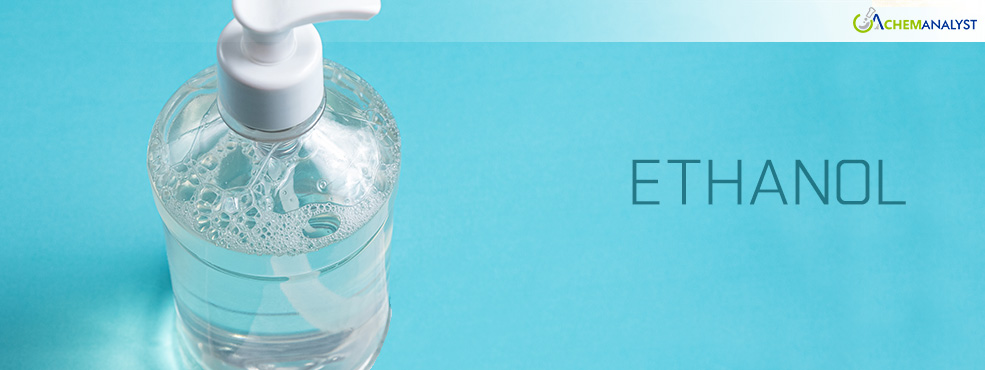Brazil's Ethanol Market Holds Steady Amid Logistical Hurdles and Sustainable Innovations
- 15-Oct-2024 7:30 PM
- Journalist: Patricia Jose Perez
Ethanol prices in Brazil exhibited stability during early October 2024, supported by steady demand from the fuel blending industry and consistent use in industrial applications as a feedstock. This price stability was largely due to Brazil's balanced domestic production, which ensured that supply levels effectively matched demand, thereby preventing any adverse price fluctuations.
Effective inventory management by producers and distributors played a crucial role in maintaining market equilibrium. Additionally, sugarcane prices—the primary raw material for Ethanol production—remained steady, helping to keep production costs in check and, consequently, ensuring stable final product prices. Demand for higher Ethanol blends, such as E10 and E15, further contributed positively to overall consumption, reflecting a continued consumer preference for biofuels.
A significant regulatory development during this period was the enactment of the "Fuel of the Future" law by President Lula, aimed at promoting green diesel, sustainable aviation fuel, and biomethane incentives. This legislation marks a crucial step toward enhancing Brazil's biofuel landscape and encouraging more sustainable energy practices.
Brazil's Ethanol production and sales remained robust, with the country’s largest corn-based Ethanol producer, Inpasa, commencing operations at its latest facility in early September. This new plant is expected to bolster market stability by adding substantial production capacity.
Supply levels for Ethanol in Brazil remained strong, underpinned by consistent production from both sugarcane and corn. According to UNICA, the Brazilian sugarcane industry association, sugarcane processing and Ethanol production in the first half of September surpassed figures from the previous year, despite some challenges posed by recent fires. Mills in the south-central region processed 42.93 million metric tons of sugarcane, reflecting a 2.46% year-on-year increase. Ethanol production during this period reached 2.43 billion liters, including 1.6 billion liters of hydrous Ethanol—an increase of 26.66% year-on-year—and 833.77 million liters of anhydrous Ethanol, marking a decline of 3.9%. Corn Ethanol production also made a significant contribution, accounting for 336.06 million liters, or 14% of total production, representing a 17.78% increase from 2023. Overall, total Ethanol production since the season began reached 22.95 billion liters, up 8.15%.
Demand for Ethanol in Brazil remained moderate, driven primarily by steady consumption patterns in the fuel blending sector and consistent usage across various industrial applications. Notably, FS Bioenergia, a leading Ethanol producer, announced a major carbon capture initiative valued at approximately 460 million reais, aimed at producing negative carbon-emission Ethanol. This initiative, backed by US-based Summit AG Advisors LLC, aligns with President Lula’s "Fuel of the Future" legislation, establishing broader biofuel mandates to enhance biofuel appeal in emerging markets. Construction is anticipated to begin next year, with completion expected by June 2026, underscoring Brazil’s commitment to sustainable energy production and environmental responsibility.
However, Brazil's Ethanol market faces logistical challenges, particularly at Santos Port, which struggled to accommodate scheduled container ships due to its limited contingency capacity. This congestion forced vessels to seek alternative terminals, exacerbating delays in cargo handling. Stakeholders have called for full privatization of the port to attract necessary investments and alleviate ongoing logistical issues.
As the market moves forward, adjustments in Ethanol blending mandates and fluctuations in demand from industrial sectors may influence prices. Current forecasts suggest the potential for stable pricing through early 2025, with varying factors impacting supply and demand dynamics throughout the winter months.



